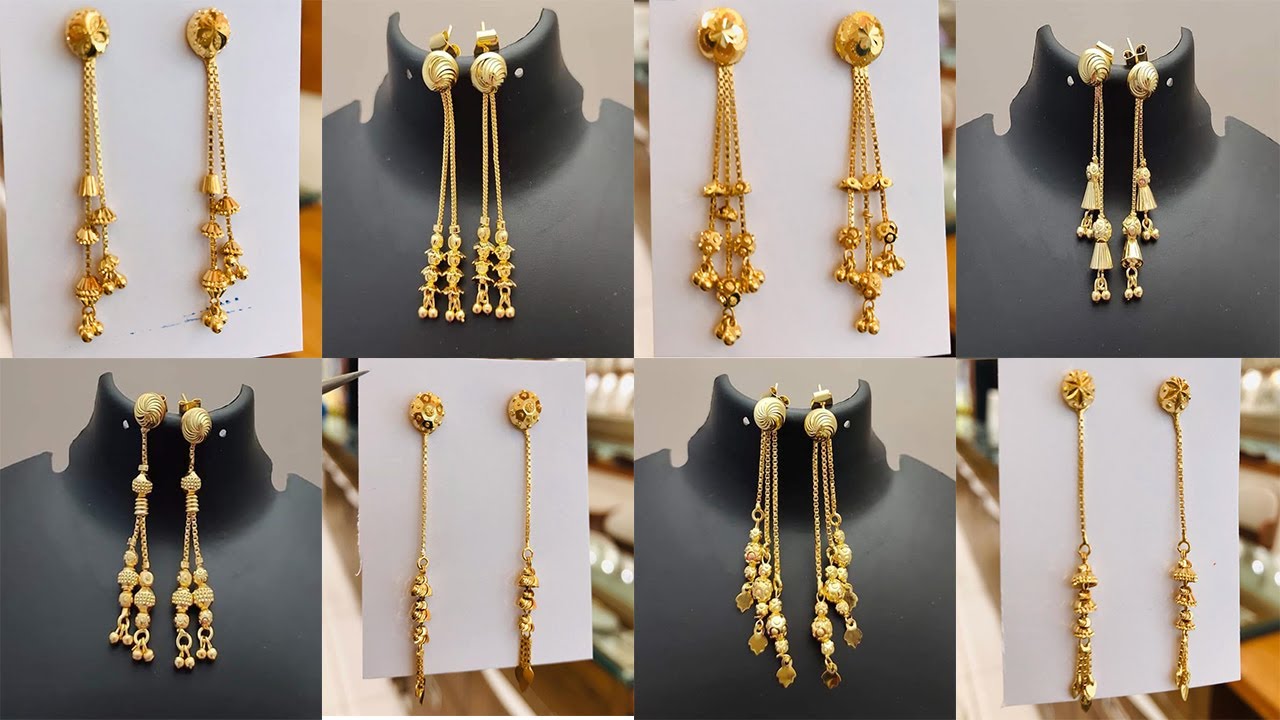Hey there, fellow manufacturing enthusiasts! Today, we’re diving into the world of plastics, specifically focusing on two titans of the injection molding industry: polycarbonate and ABS (Acrylonitrile Butadiene Styrene).
Choosing the right plastic material is crucial for the success of your project. Both polycarbonate and ABS offer distinct advantages and disadvantages, making the selection process a thoughtful one. Let’s delve into their characteristics, applications, and what sets them apart.
Understanding Injection Molding
Before we compare these champions, let’s establish a common ground. Injection molding is a widely used manufacturing technique for producing high-volume plastic parts.Molten plastic is injected into a precisely designed mold cavity, where it cools and solidifies into the desired shape. This process allows for mass production of complex and intricate plastic components with excellent consistency.
Polycarbonate Injection Molding: The Transparent Tough Guy
Polycarbonate (PC) is an engineering-grade thermoplastic renowned for its exceptional clarity, strength, and impact resistance. Think of it as the bulletproof glass of the plastic world. Here’s a breakdown of its key features:
- Crystal Clear: Polycarbonate boasts near-optical transparency, making it ideal for applications like lenses, medical devices, and display components.
- High Impact Strength: It can withstand significant physical abuse without shattering, perfect for protective gear, electronics housings, and demanding industrial parts.
- Heat Resistant: Polycarbonate retains its shape and functionality at elevated temperatures, making it suitable for automotive components and applications exposed to heat.
- Flame Retardant: Certain grades of polycarbonate exhibit inherent flame retardancy, enhancing safety in specific applications.
Applications of Polycarbonate Injection Molding:
- Safety Equipment: Eyeglasses, riot shields, helmets, and safety goggles.
- Medical Devices: Surgical instruments, housings for medical equipment, and disposable medical components.
- Electronics: Transparent enclosures for displays, connectors, and electrical components.
- Automotive Parts: Headlights, taillights, instrument panels, and various interior trim pieces.
- Consumer Goods: Eyeglass frames, drinking bottles, and high-performance sporting goods.
ABS Injection Molding: The Versatile Workhorse
ABS is another popular thermoplastic material known for its versatility, affordability, and good balance of properties. Let’s explore its strengths:
- Cost-Effective: Compared to polycarbonate, ABS is generally less expensive, making it ideal for high-volume production runs.
- Good Strength and Impact Resistance: While not as robust as polycarbonate, ABS offers adequate toughness for many applications.
- Chemical Resistance: It exhibits resistance to various chemicals and oils, making it suitable for certain industrial applications.
- Ease of Processing: ABS flows well during injection molding, allowing for intricate designs and good surface finishes.
- Paintable and Bondable: ABS readily accepts paint and adhesives, providing greater design flexibility.
Applications of ABS Injection Molding:
- Consumer Electronics: Keyboards, computer casings, and electronic device housings.
- Automotive Parts: Interior trim pieces, dashboards, and non-critical structural components.
- Household Goods: Appliance housings, toys, and luggage components.
- Sporting Goods: Helmets, protective gear, and various sporting equipment parts.
- Building and Construction: Pipes, fittings, and certain electrical enclosures.
Polycarbonate vs. ABS Injection Molding: A Side-by-Side Comparison
| Feature | Polycarbonate (PC) | ABS |
|---|---|---|
| Clarity | Excellent | Opaque, but can be dyed |
| Impact Resistance | High | Good |
| Heat Resistance | High | Moderate |
| Flame Retardancy | Some grades | Can be achieved with additives |
| Chemical Resistance | Good | Moderate |
| Cost | Higher | Lower |
| Ease of Processing | More challenging | Easier to process |
| Paintability | Limited | Excellent |
Choosing the Right Champion: It Depends on Your Needs
So, which material reigns supreme? It depends on your specific project requirements! Here’s a quick guide to help you decide:
- For applications requiring exceptional clarity, high impact resistance, and heat tolerance, polycarbonate is the clear winner. Think bulletproof windows, medical devices, and high-performance electronics.
- For projects where cost-effectiveness, good strength, and paintability are crucial, ABS shines. Consider consumer electronics, automotive parts.
Additional Considerations and Trade-Offs
While the table and previous section provide a good starting point, there are additional factors to consider when choosing between polycarbonate and ABS injection molding:
- UV Resistance: Polycarbonate naturally boasts excellent UV resistance, making it ideal for outdoor applications without significant degradation. ABS, on the other hand, can become brittle and discolored over time with prolonged UV exposure. However, UV stabilizers can be added to ABS to mitigate this issue.
- Weight: Polycarbonate is generally denser than ABS, resulting in slightly heavier parts. This might be a concern for applications where weight reduction is a priority.
- Surface Finish: Both materials can achieve good surface finishes. However, polycarbonate naturally offers a higher level of gloss and clarity, which can be aesthetically advantageous.
- Design Complexity: ABS flows more readily during injection molding, allowing for intricate designs with finer details. Polycarbonate, while moldable, may require adjustments for more complex geometries.
When Might You Consider Blending These Champions?
While both polycarbonate and ABS excel in their own right, there are situations where combining them might be advantageous. PC/ABS blends offer a unique mix of properties, striking a balance between the strengths of both materials. Here’s when a blend might be a good option:
- Applications requiring good impact resistance and some level of clarity. For instance, a blend could be suitable for high-end appliance housings that need to be both durable and visually appealing.
- Parts exposed to moderate heat and UV. A PC/ABS blend can offer improved thermal and UV resistance compared to pure ABS, making it suitable for certain outdoor applications with some heat exposure.
Remember, consulting with an experienced injection molding company is crucial for selecting the most suitable material for your project. They can assess your specific needs, analyze design complexities, and recommend the optimal material or blend based on your requirements.
The Final Word: Choosing Your Injection Molding Champion
Polycarbonate and ABS injection molding are both powerful tools in a manufacturer’s arsenal. By understanding their unique strengths, limitations, and potential synergies, you can make an informed decision that optimizes your project’s success. Whether you require the unmatched clarity and toughness of polycarbonate or the cost-effective versatility of ABS, the perfect champion awaits to bring your vision to life.
Polycarbonate injection molding offers exceptional impact resistance, heat resistance, and optical clarity, making it an ideal choice for applications demanding durability and transparency. From bulletproof windows and safety goggles to medical devices and automotive components, polycarbonate’s robust nature ensures reliable performance in even the most demanding environments.
On the other hand
ABS (Acrylonitrile Butadiene Styrene) injection molding presents a versatile and cost-effective solution for a wide range of applications. With its excellent strength-to-weight ratio, ABS boasts superior rigidity and resistance to chemicals and heat. From household appliances and consumer electronics to automotive trim and construction materials, ABS’s adaptability allows for intricate designs and vibrant color options.
By carefully evaluating the specific requirements of your project, you can harness the power of polycarbonate injection molding or ABS plastic injection manufacturing to create high-quality, durable, and visually appealing products. Explore the unique advantages of each material, and let the perfect champion guide your journey to success.





